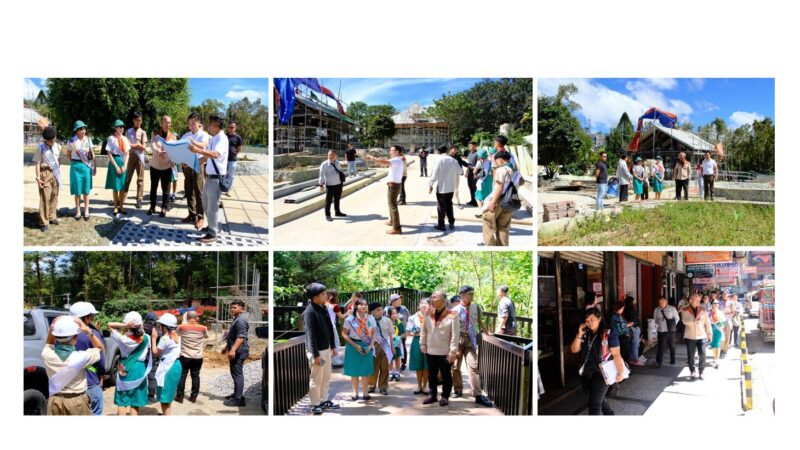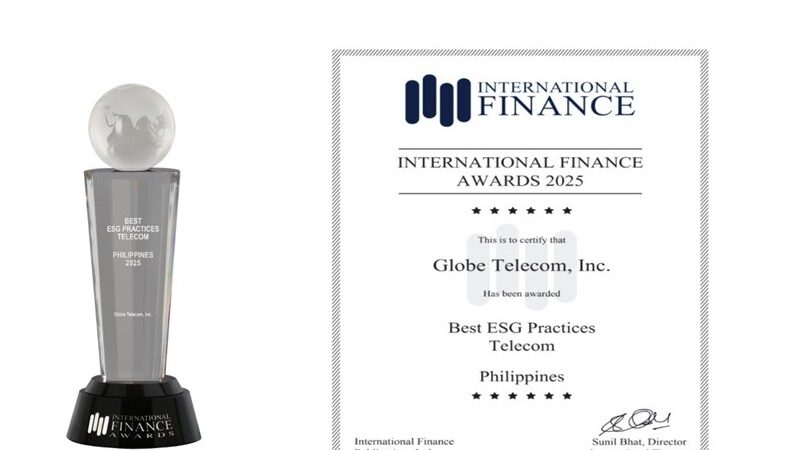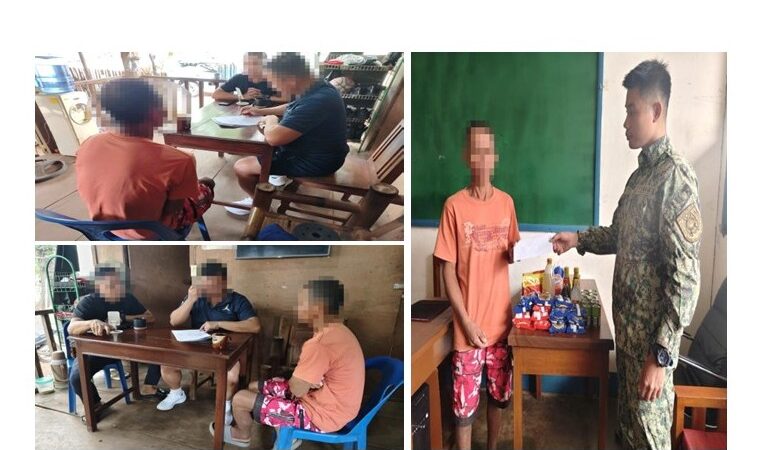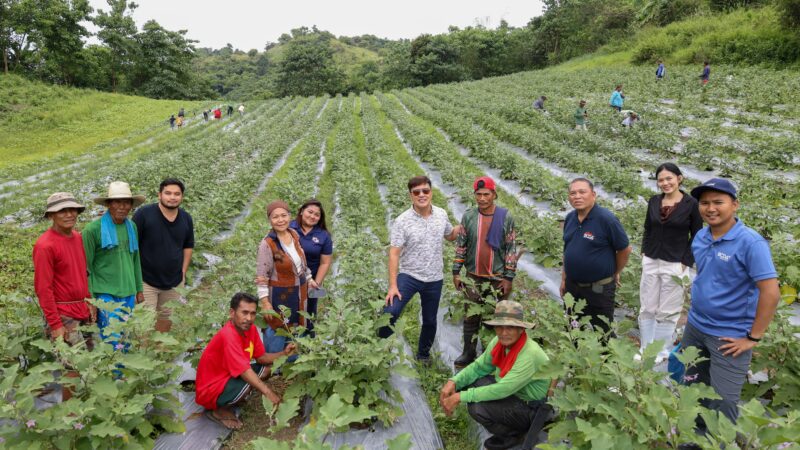Civil Society and Industry Groups Put Consumers on Guard against 228 Imported Paints with High Lead Content
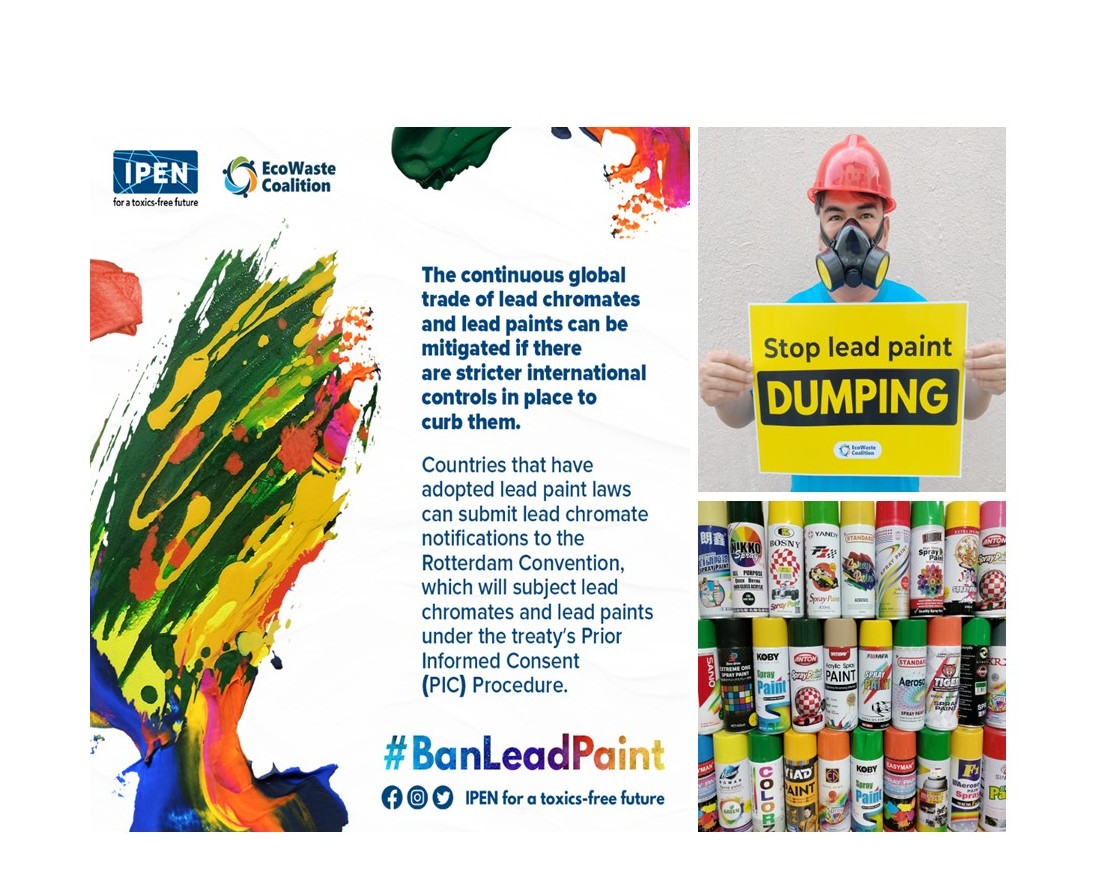
18 October 2025, Quezon City. In an exceptional display of unity to uphold the lead paint ban and protect public health against lead exposure, civil society and industry groups of the Philippines released, in time for the 13th International Lead Poisoning Prevention Week (ILPPW), a list of 228 imported spray paints sold locally that are contaminated with lead, a toxic chemical banned in paint manufacturing.
The EcoWaste Coalition, the International Pollutants Elimination Network (IPEN) and the Philippine Paint and Coatings Association, Inc. (PPCAI) published the updated “Public Notice on Lead-Containing Paints” to inform and alert both the sellers and the buyers about the unlawful sale of imported spray paints with lead content verified through laboratory tests as exceeding the legal limit of 90 parts per million in dried paint samples.
The Public Notice, first released in 2024 during the 12th ILPPW, lists 228 paint products representing 45 brands with lead concentrations above 90 ppm, the strict lead paint limit in paints as provided for in the DENR-issued Chemical Control Order (CCO) prohibiting the use of lead and lead compounds in the manufacture of paints.
Of the 228 paints listed, 158 contain high concentrations of lead above 10,000 ppm. Moreover, 75 of these paints have lead levels ranging from 50,000 ppm to 212,000 ppm, of which 14 products exceeded 100,000 ppm.
“We view the unchecked entry of lead-containing paints into our ports as a serious threat to public health. Through this Public Notice, we hope to reach out to concerned sectors far and wide to alert and guide them in making a judicious choice on paints to reduce lead exposure risks,” said Manny Calonzo, Campaigner, EcoWaste Coalition, emphasizing “there is no known safe level of exposure to lead, a well-evidenced multi-system toxicant.”
“The continued entry of lead-containing paints into the Philippine market, despite the national lead paint ban, is a matter of serious concern,”said Reginald T. Yu, President of the Philippine Paint and Coatings Association, Inc. (PPCAI). “Our local paint manufacturers have long demonstrated full compliance with the ban, investing in safer formulations and responsible production practices to protect public health and the environment. It is therefore troubling that imported leaded paints still manage to reach consumers through online channels and certain retail outlets.”
Yu emphasized the need for stronger enforcement and collaboration among stakeholders, noting that “safeguarding our communities from the dangers of lead exposure requires vigilance, coordination, and a shared commitment to uphold the law.” He added: “We highly commend our partner organization, the EcoWaste Coalition, for its unwavering vigilance in monitoring and reporting illegal paint imports. Their steadfast efforts not only protect Filipino consumers but also reinforce the progress our industry has made toward a cleaner, safer, and more sustainable future.”
“The influx of lead-containing paints into the local market provides a compelling reason for the Philippine government to highly consider submitting a Notification of Final Regulatory Action nominating lead chromates – the most common lead-based pigment in paint manufacturing – for listing in Annex III of the Rotterdam Convention,” said Jeiel Guarino, Global Lead Paint Elimination Campaigner, IPEN. “Subjecting lead chromates to the convention’s Prior Informed Consent (PIC) procedure will give countries a powerful tool to combat illegal cross-border trade of lead chromates and lead paints.” To date, the Governments of Cameroon, Morocco and Switzerland have submitted lead chromate notifications to the Rotterdam Convention Secretariat.
Based on the analyses conducted in laboratories in the USA and Taiwan, the following 45 paint brands have one or more products containing lead above the legal limit of 90 ppm: Aeropak, Anton, Automatic, Bad Axe, Best Drive Extreme One, Bosny (counterfeit), Boston, Chappie, Collrfia, Colorz, Easyman, F1, Getsun, Greenfield, Haifei, Howar, JM, JMJAFA, King Sfon, Koby, Korona, KRX, Meng Qi Bo Shi Qi Pai Zidong Penqi, MKT, MR. D.I.Y., Nikko, One Take, Parlux, RMC, RStar, Sanvo, Silvestre, Sinag, Standard, Standard JR, Super7, Tiger, Top Standard, Top Tibay, Veslee, Yandy, Yao Dong Bang, Yatibay, Yestar, and YiAD spray paints.
Additionally, of the 228 lead-containing paints discovered by the EcoWaste Coalition during its nonstop market monitoring, 50 were marked “lead free” or carried the “No Pb” pictogram (lead is a heavy metal with atomic number 82 and a symbol Pb from the Latin plumbum).
None of the 228 lead-containing paints were manufactured or distributed by companies belonging to the PPCAI, which have all fully transitioned to lead-safe paint production in compliance to the CCO, of which seven companies have successfully passed the voluntary third-party Lead Safe Paint® Certification managed by the US-based certification body SCS Global Services.
Lead-containing paints are one of the most important and widespread sources of childhood lead exposure. Children in particular are exposed when surfaces coated with lead paint deteriorate over time and contaminate household dust and soil. They are usually exposed to lead by ingesting contaminated dust or soil or biting or chewing toys and other objects containing lead.
Early exposure in life can harmfully affect the brain and central nervous system, causing hearing, reading and learning difficulties, delays in speech and language development, impaired cognition, reduced intelligence, poor school performance, attention deficit disorder, aggression, and other behavioral problems. According to the World Health Organization (WHO), “there is no safe level of exposure to lead that is known to be without harmful effects.”
To uphold the lead paint ban and protect vulnerable populations against lead exposure, EcoWaste Coalition, IPEN, and PPCAI urged:
1. Paint manufacturers in all countries to stop the use of lead-based raw materials;
2. Paint importers, distributors, and retailers require certificates of conformity with the 90 ppm total lead content limit from manufacturers and traders;
3. Paint stores only offer compliant and adequately labeled paint products, and for
4. Paint consumers to discontinue the use of leaded products and to seek out lead-safe paints.
The EcoWaste Coalition, IPEN, and the PPCAI further support the listing of lead chromates in the Rotterdam Convention, which will subject such hazardous chemicals to the provisions of the treaty’s Prior Informed Consent (PIC) procedure.
Reference:
https://www.who.int/campaigns/international-lead-poisoning-prevention-week/2025
https://bit.ly/LeadPaints2025
https://chemical.emb.gov.ph/wp-content/uploads/2017/03/DAO-2013-24-CCO-Lead.pdf

